Rising Awareness of Health Benefits
The Automotive Window Film Market is witnessing a growing awareness among consumers regarding the health benefits associated with window films. Research indicates that window films can block up to 99% of harmful UV rays, which are known to contribute to skin cancer and other health issues. As public health campaigns emphasize the importance of UV protection, consumers are increasingly inclined to invest in window films for their vehicles. This trend is particularly pronounced in regions with high sun exposure, where the demand for protective films is expected to rise significantly. The health-conscious consumer base is likely to drive the market forward, as individuals prioritize their well-being alongside vehicle aesthetics.
Shift Towards Eco-Friendly Products
The Automotive Window Film Market is experiencing a shift towards eco-friendly products as consumers become more environmentally conscious. The demand for sustainable solutions is prompting manufacturers to develop window films that are not only effective but also made from recyclable materials. This trend aligns with broader sustainability goals and reflects a growing preference for products that minimize environmental impact. As consumers increasingly seek out eco-friendly options, the market for automotive window films is expected to expand, with manufacturers responding by offering greener alternatives. This shift may also influence purchasing decisions, as consumers are likely to favor brands that demonstrate a commitment to sustainability.
Regulatory Support for Vehicle Safety
The Automotive Window Film Market benefits from increasing regulatory support aimed at enhancing vehicle safety and energy efficiency. Various regions have implemented regulations that encourage the use of window films to improve visibility and reduce glare, thereby promoting safer driving conditions. Additionally, energy efficiency standards are pushing manufacturers to develop films that not only provide protection but also contribute to energy savings by reducing the need for air conditioning. This regulatory landscape is likely to bolster the market, as compliance with safety and energy standards becomes a priority for vehicle manufacturers and consumers alike. The integration of window films as a standard feature in new vehicles may further drive market growth.
Increased Demand for Vehicle Protection
The Automotive Window Film Market experiences a notable surge in demand for protective solutions for vehicles. As consumers become increasingly aware of the potential damage caused by UV rays, heat, and glare, the adoption of window films has risen. Reports indicate that the market for automotive window films is projected to grow at a compound annual growth rate of approximately 5.5% over the next few years. This growth is driven by the need for enhanced vehicle longevity and the protection of interior materials from fading and deterioration. Furthermore, the rising number of vehicles on the road contributes to the heightened demand for protective window films, as consumers seek to maintain the aesthetic and functional integrity of their automobiles.
Technological Innovations in Film Production
The Automotive Window Film Market is significantly influenced by ongoing technological innovations in film production. Advances in materials science have led to the development of high-performance films that offer superior clarity, durability, and heat rejection. These innovations not only enhance the functionality of window films but also expand their aesthetic appeal, allowing for a wider range of customization options. The introduction of nano-ceramic films, for instance, has revolutionized the market by providing excellent heat rejection without compromising visibility. As manufacturers continue to invest in research and development, the market is likely to see an influx of innovative products that cater to diverse consumer preferences, thereby driving growth.


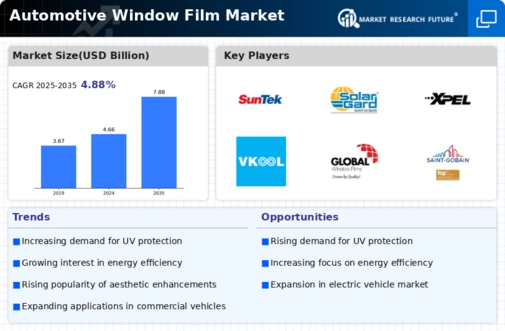
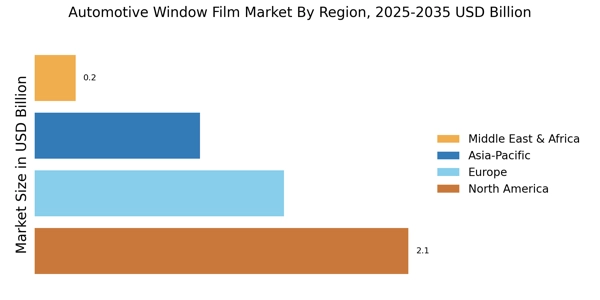

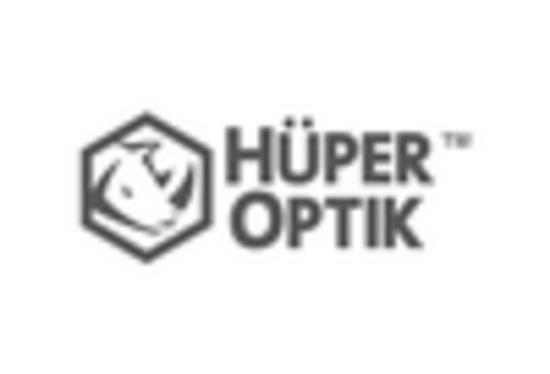
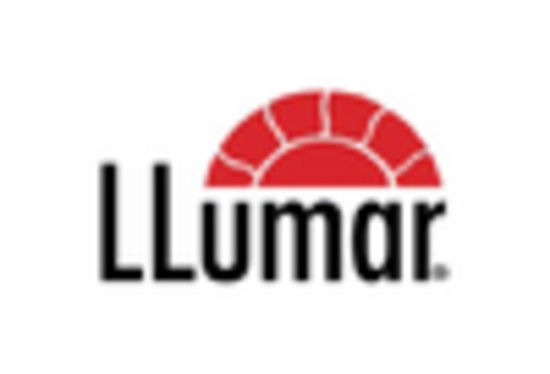
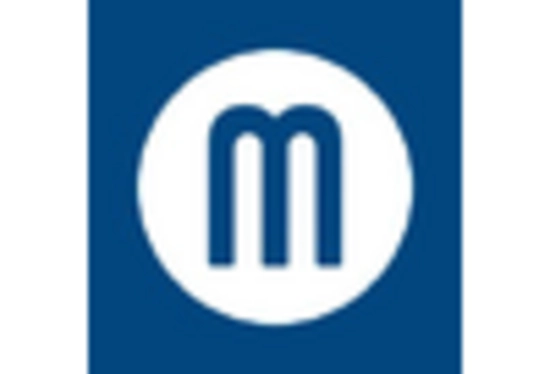
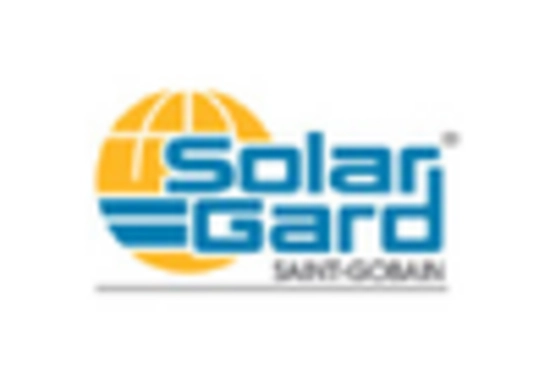
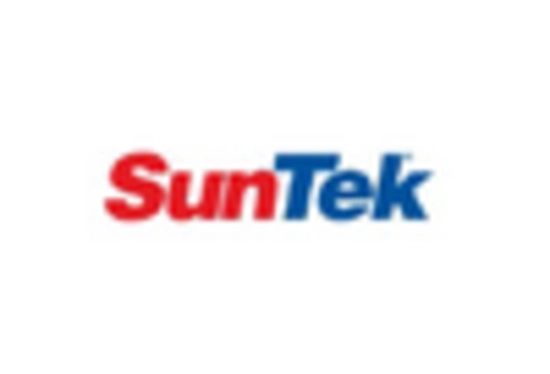








Leave a Comment